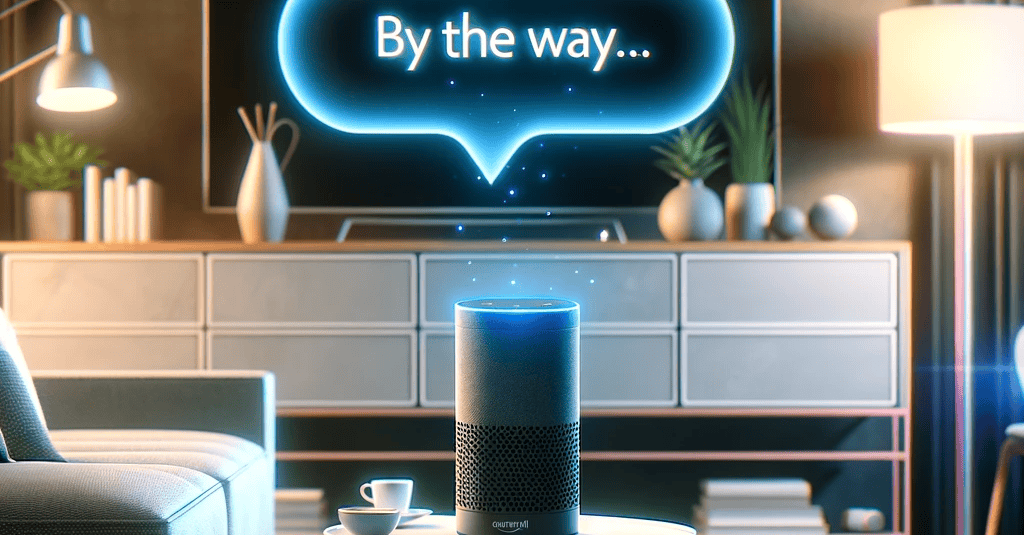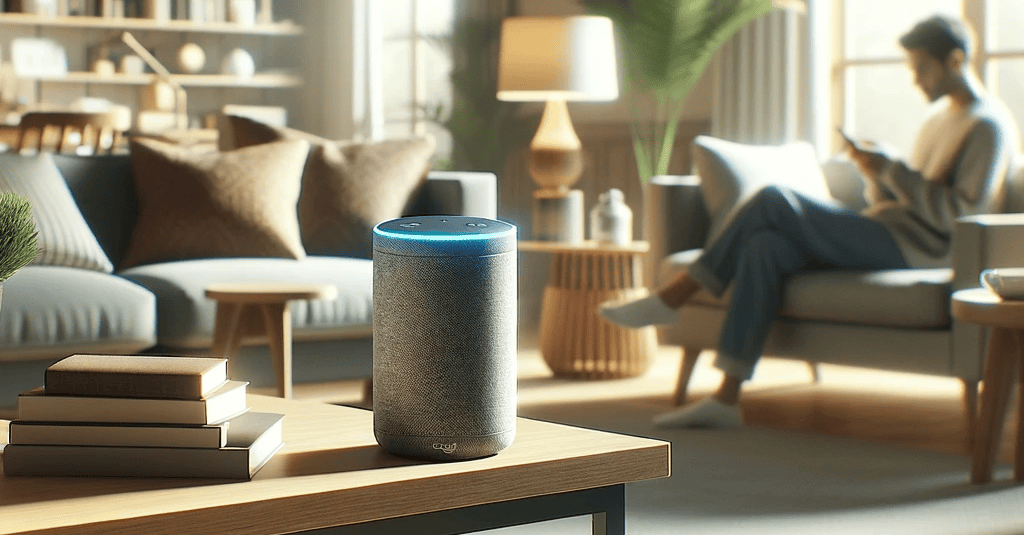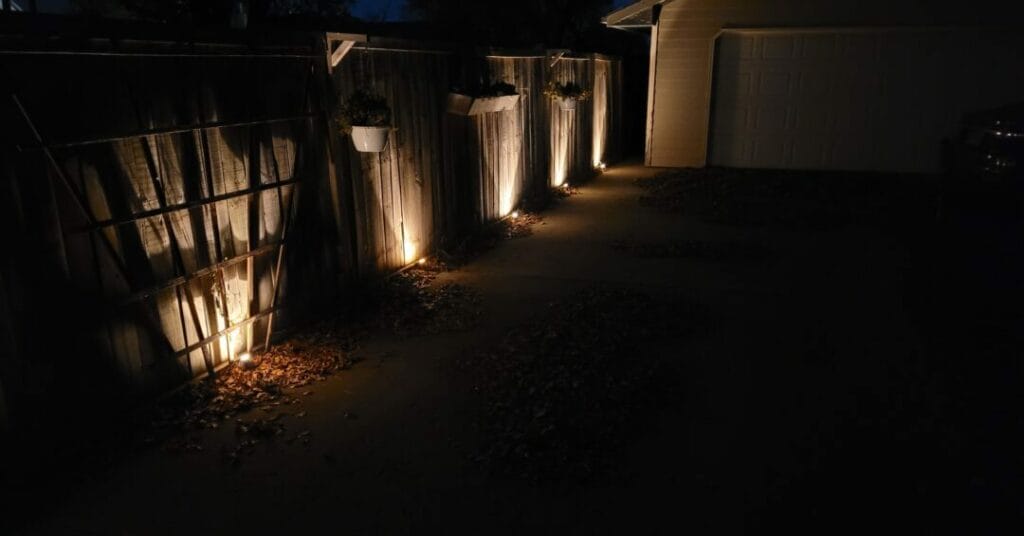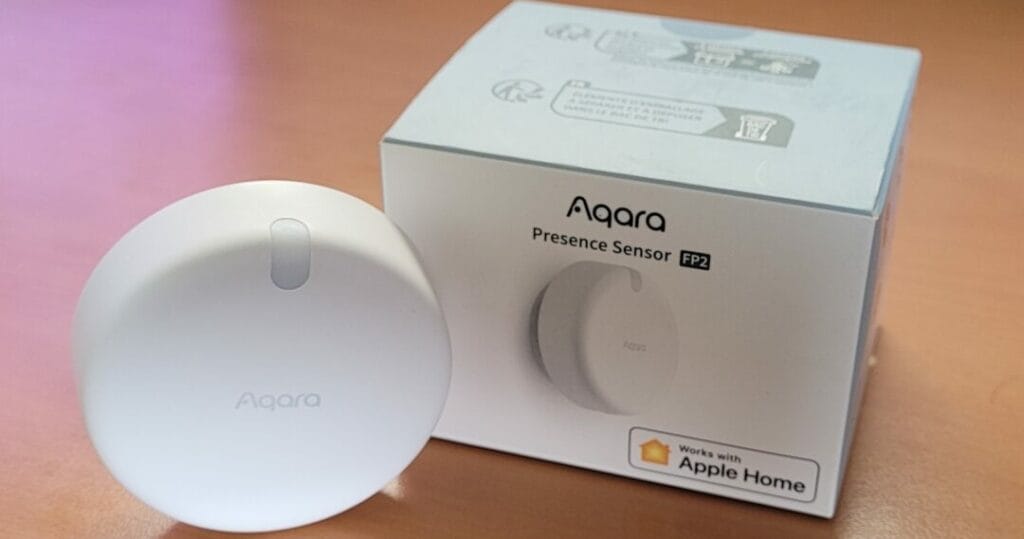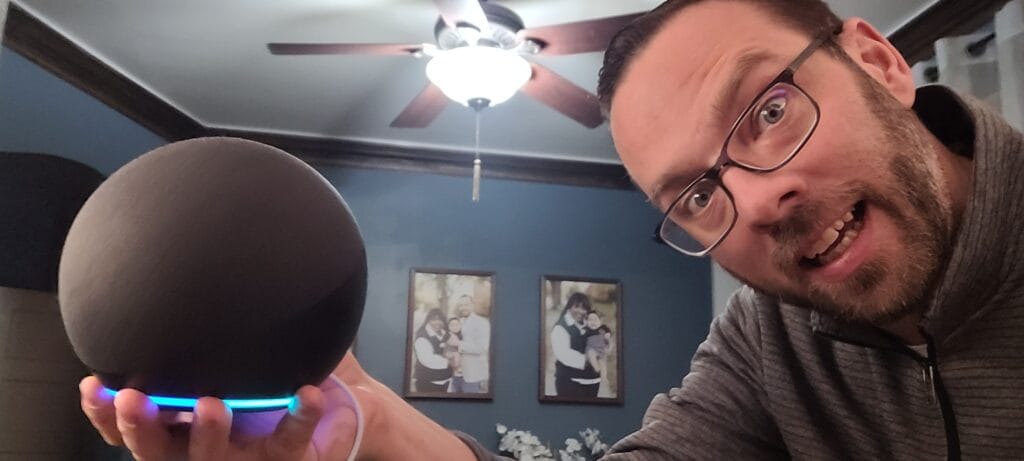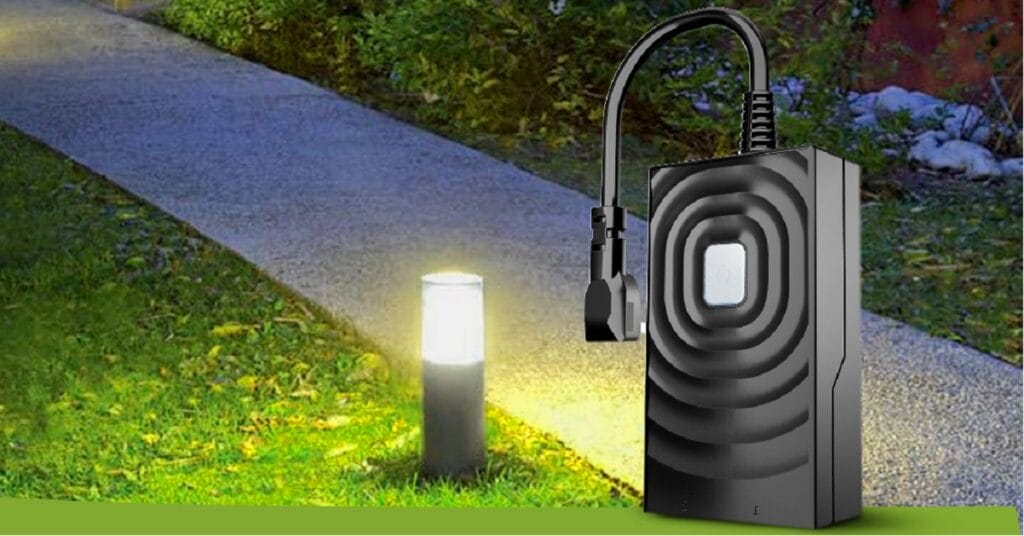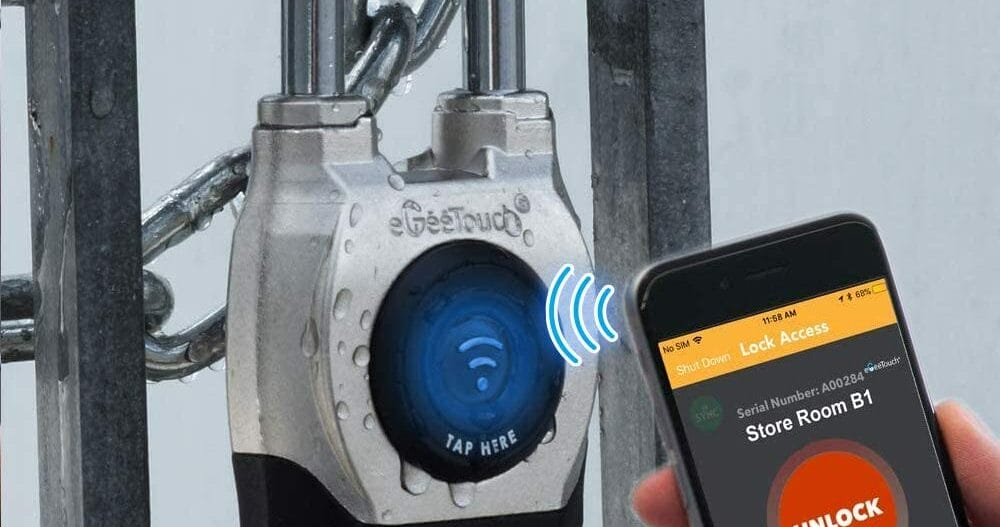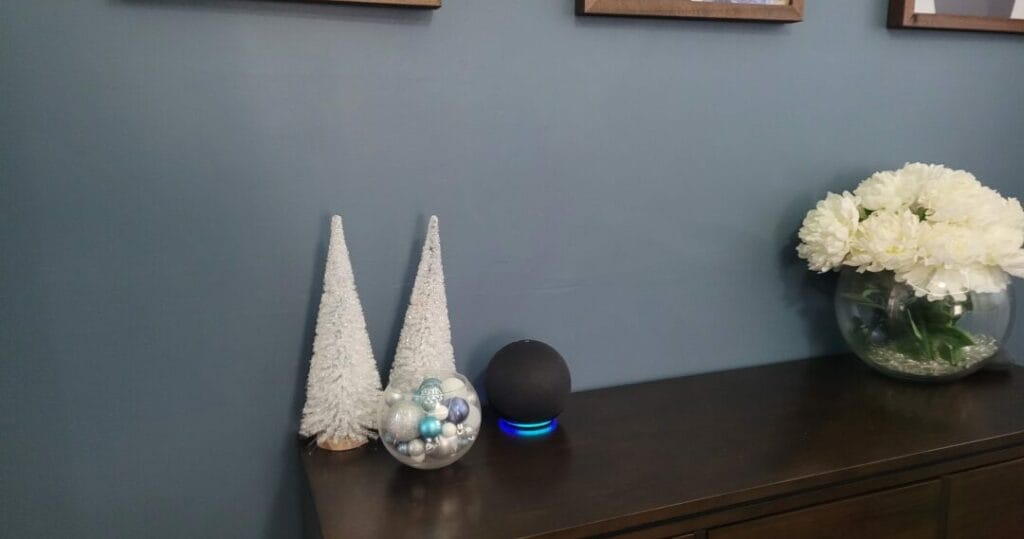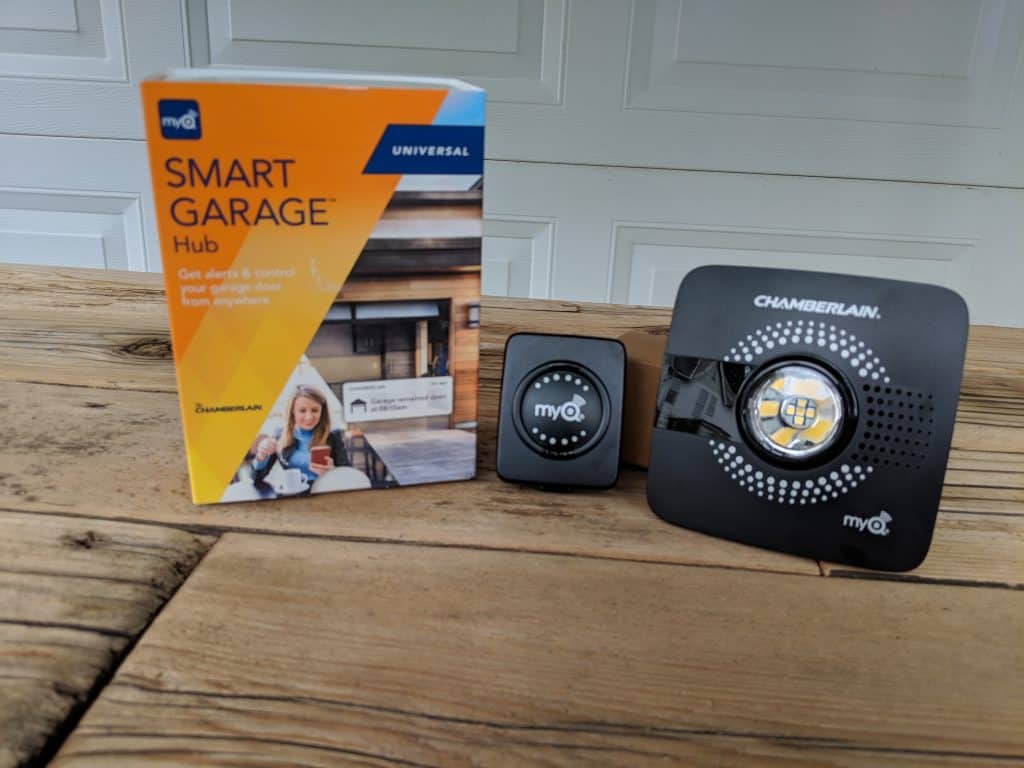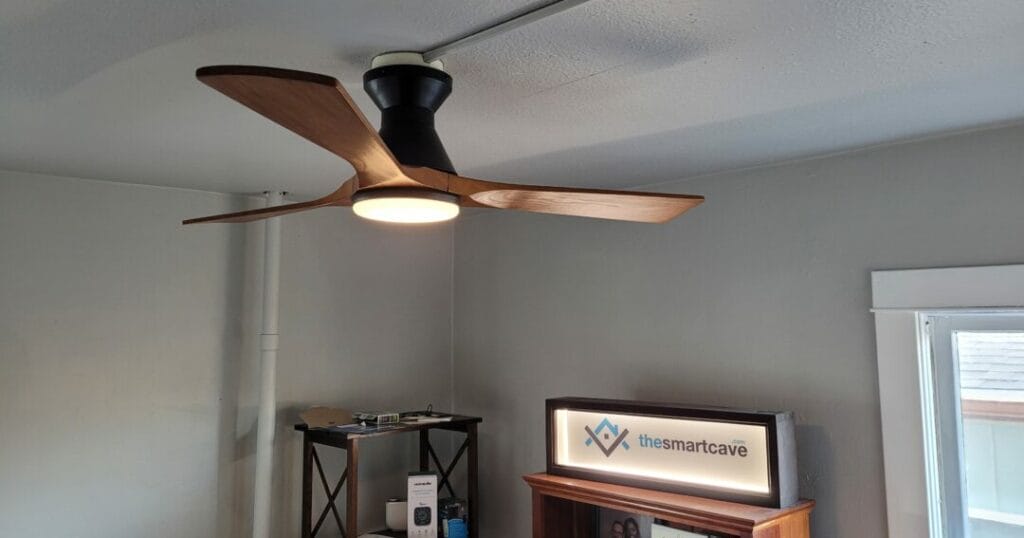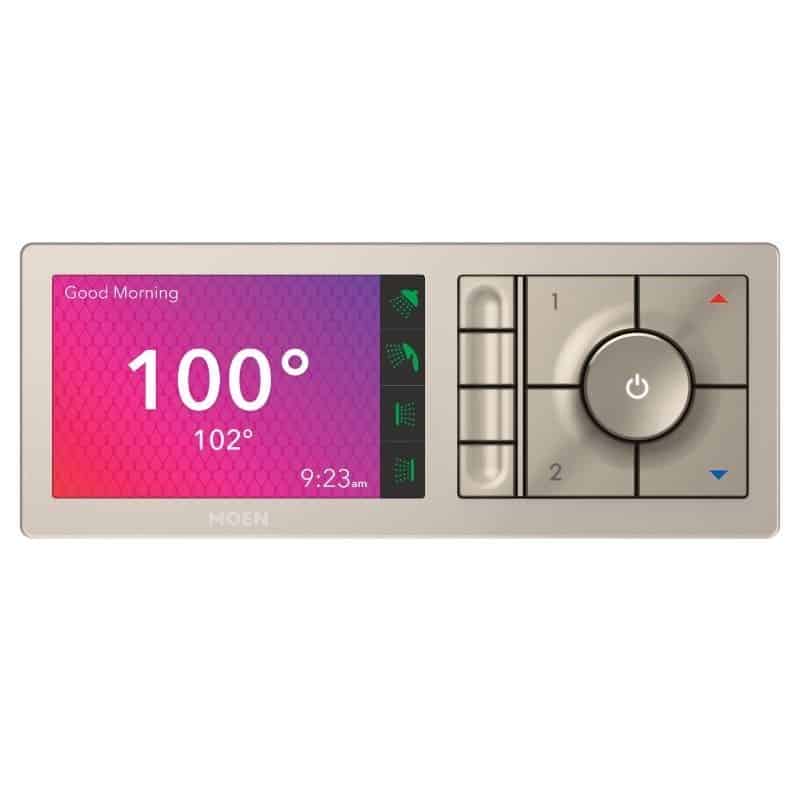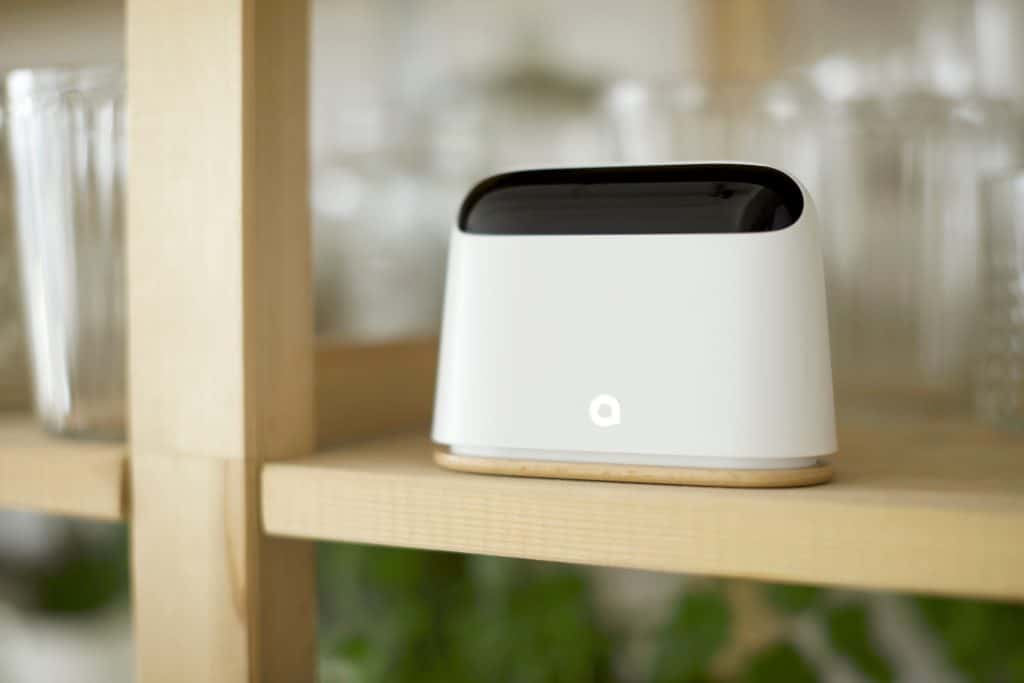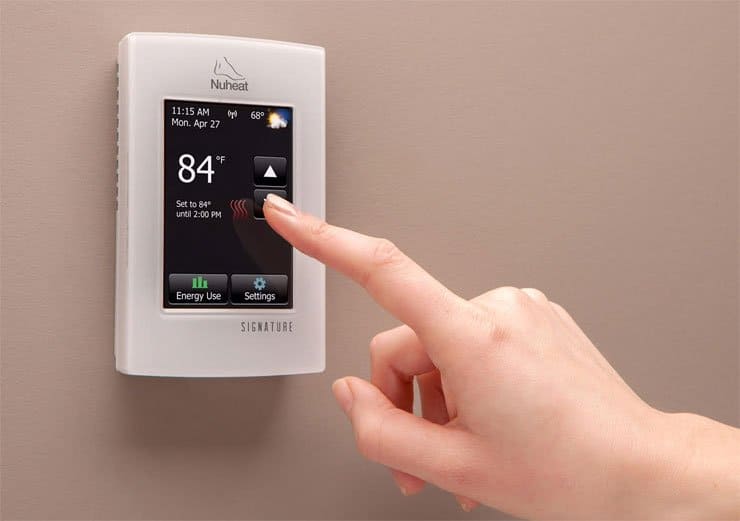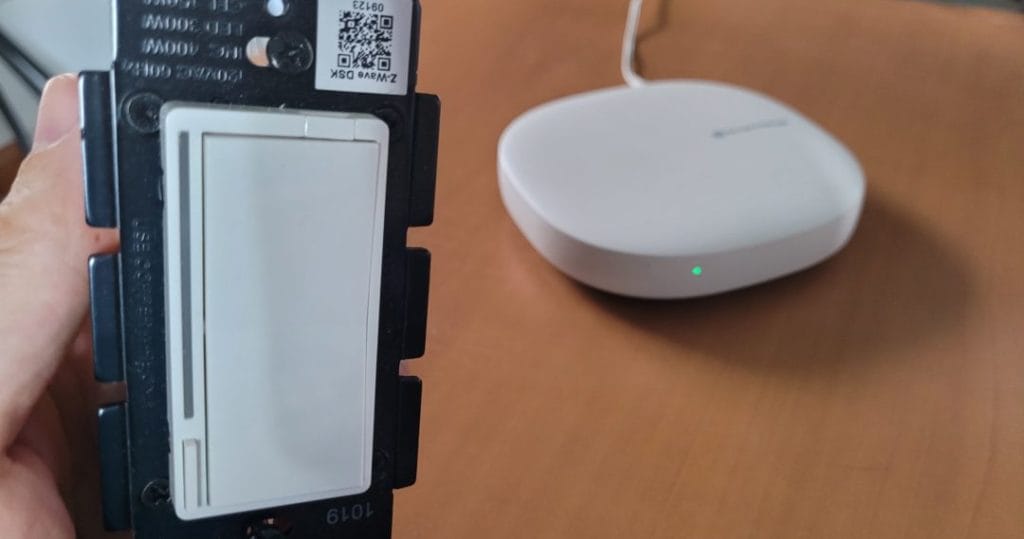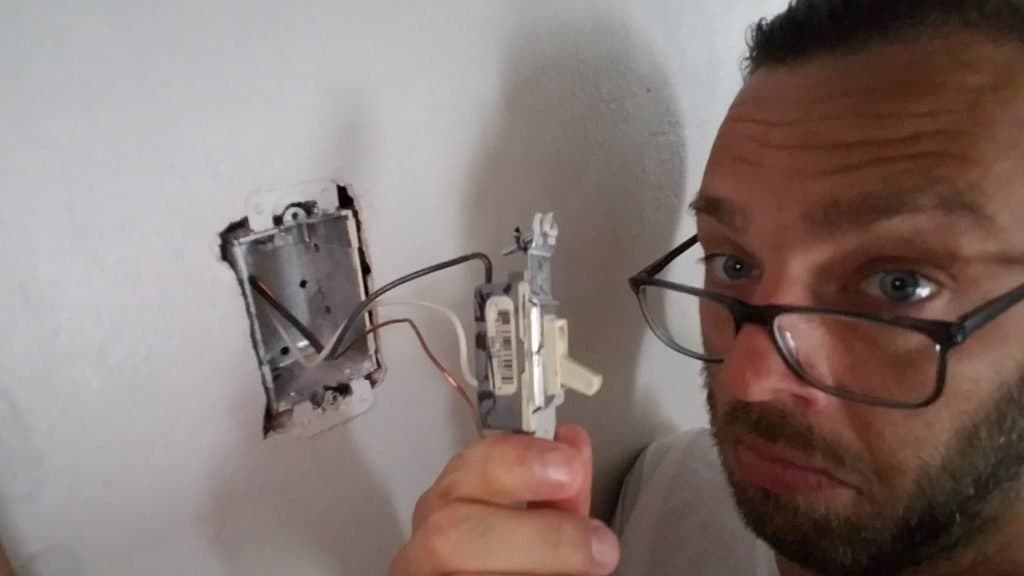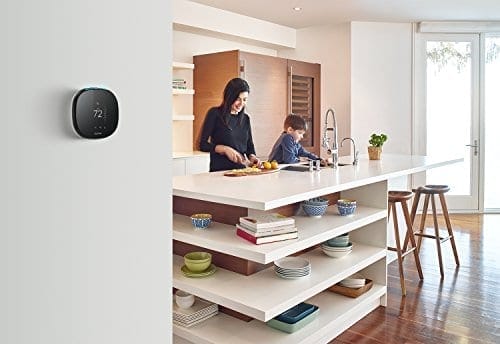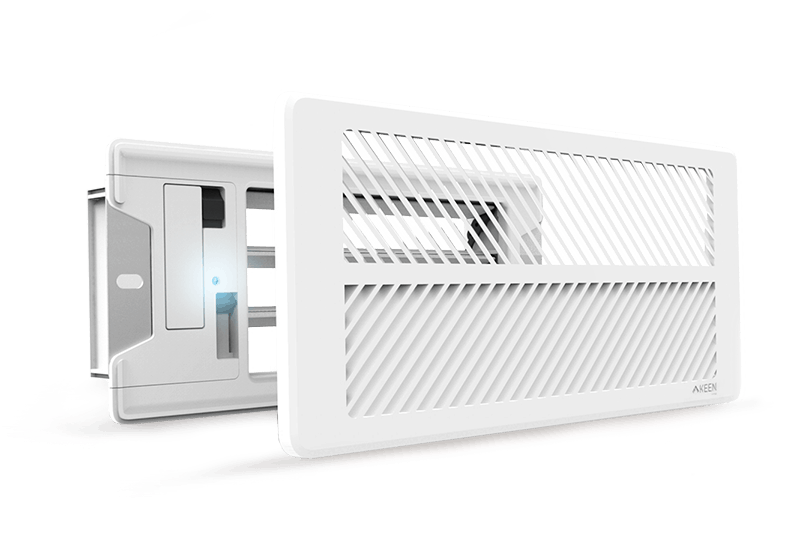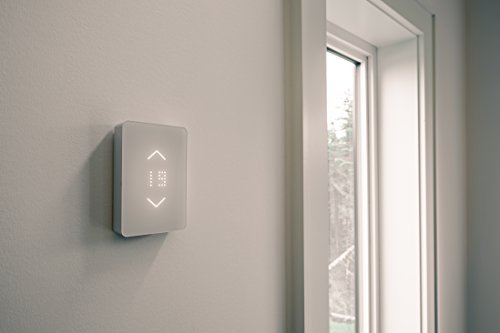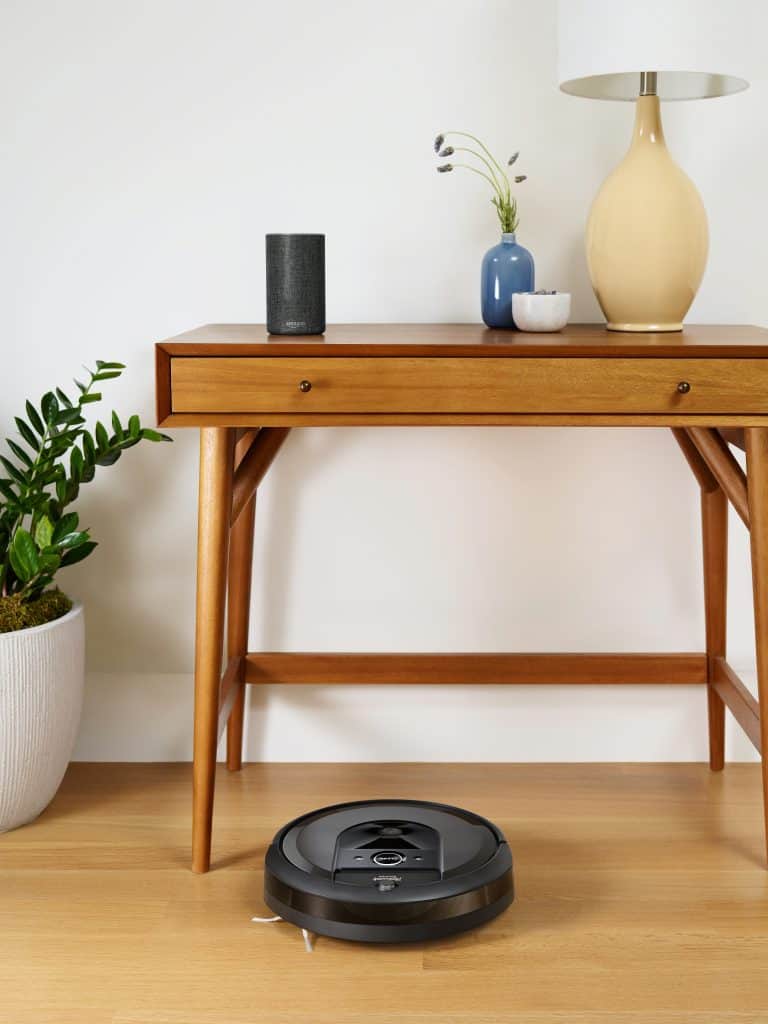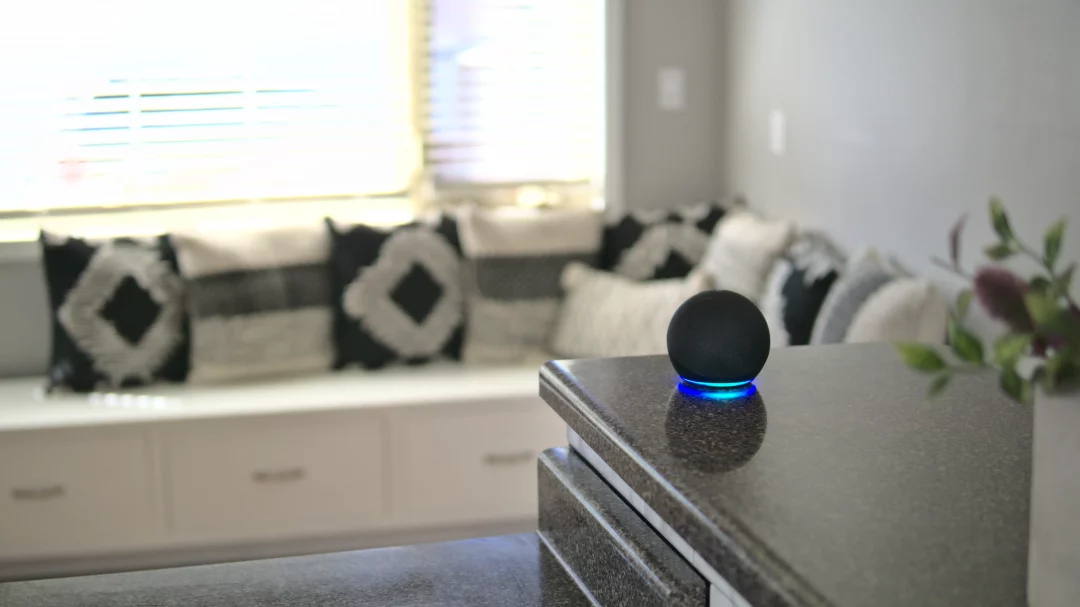
Explore The Smart Home.
The reliable source for smart home tips, tricks, and product reviews.

You are the hero of your smart home. I’ll be your guide.
Hi, my name is Eric Blank and I’m in charge of this place. I spend my time trying to demystify the world of home automation and smart products so you don’t have to.
Recent Posts
Here’s what I’ve been working on lately.
How to Stop Alexa’s “By The Way” Messages
I really like my Alexa devices for controlling my smart home devices, listening to music,…
Can I Use My Echo Device As a Speaker?
A few days ago I had a situation where I wanted to use my Echo…
Lumary Smart Landscape Lights Review: Cost-Effective or Costly Mistake?
In this review, I’ll be sharing my experience with Lumary’s smart landscape lights – from…
Best mmWave Presence Sensor: Aqara leads the way
For years, human presence detection for home automation has been really hard to do well,…
Voice-Activated Faucet? Not as stupid as it sounds
When I first heard of smart faucets, I was initially skeptical. I figured this was…
Automate Your Blinds Affordably: Best Smart Tilt Retrofit Kits
Do you ever get sick of constantly wandering around your home opening and closing blinds?…
How to control your lights with Alexa (the easy way)
In this article, I’ll show you how to connect your smart lights to the Alexa…
Best Outdoor Smart Plugs for a Connected and Convenient Outdoor Space
Outdoor smart plugs are a great way to schedule your light displays or other outdoor…
Best Smart Padlocks: Secure and high-tech? Or buyer beware?
Smart padlocks sound great in theory. Simply use your fingerprint or an app on your…
How much is Alexa?…about tree-fiddy
“Alexa, what can you do for me for free?” Well, it turns out, quite a…
The Best Smart Water Shutoff Valves
There’s a variety of smart water valves available to consumers. Smart water valves are installed…
Best smart LED wall lights: Nanoleaf isn’t the only option
The best smart wall lights I’ve found are the Nanoleaf Shapes LED lights. They have…
Best Product Lists
Are you looking to make a buying decision? I research the best products and break down the key differences so you can find the product that fits you best.
